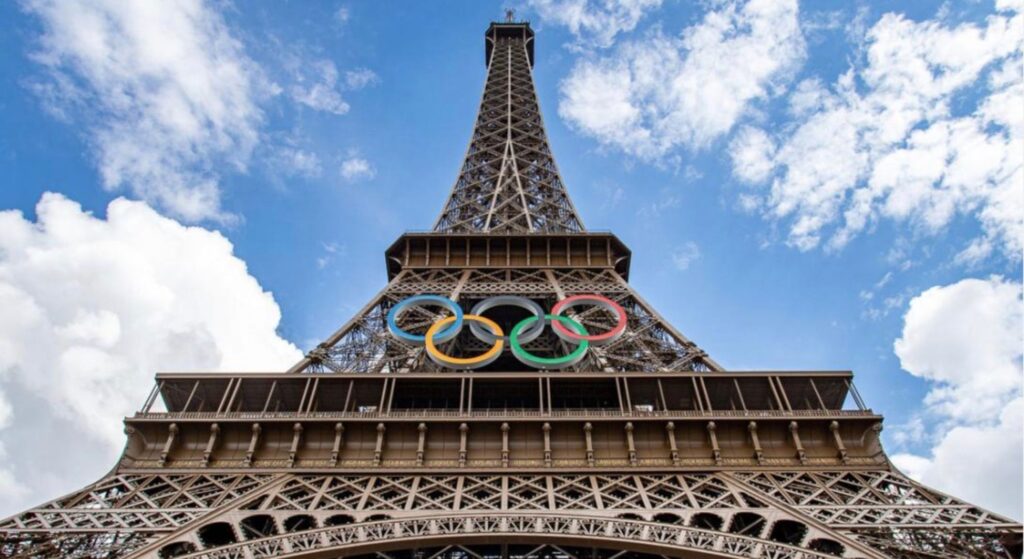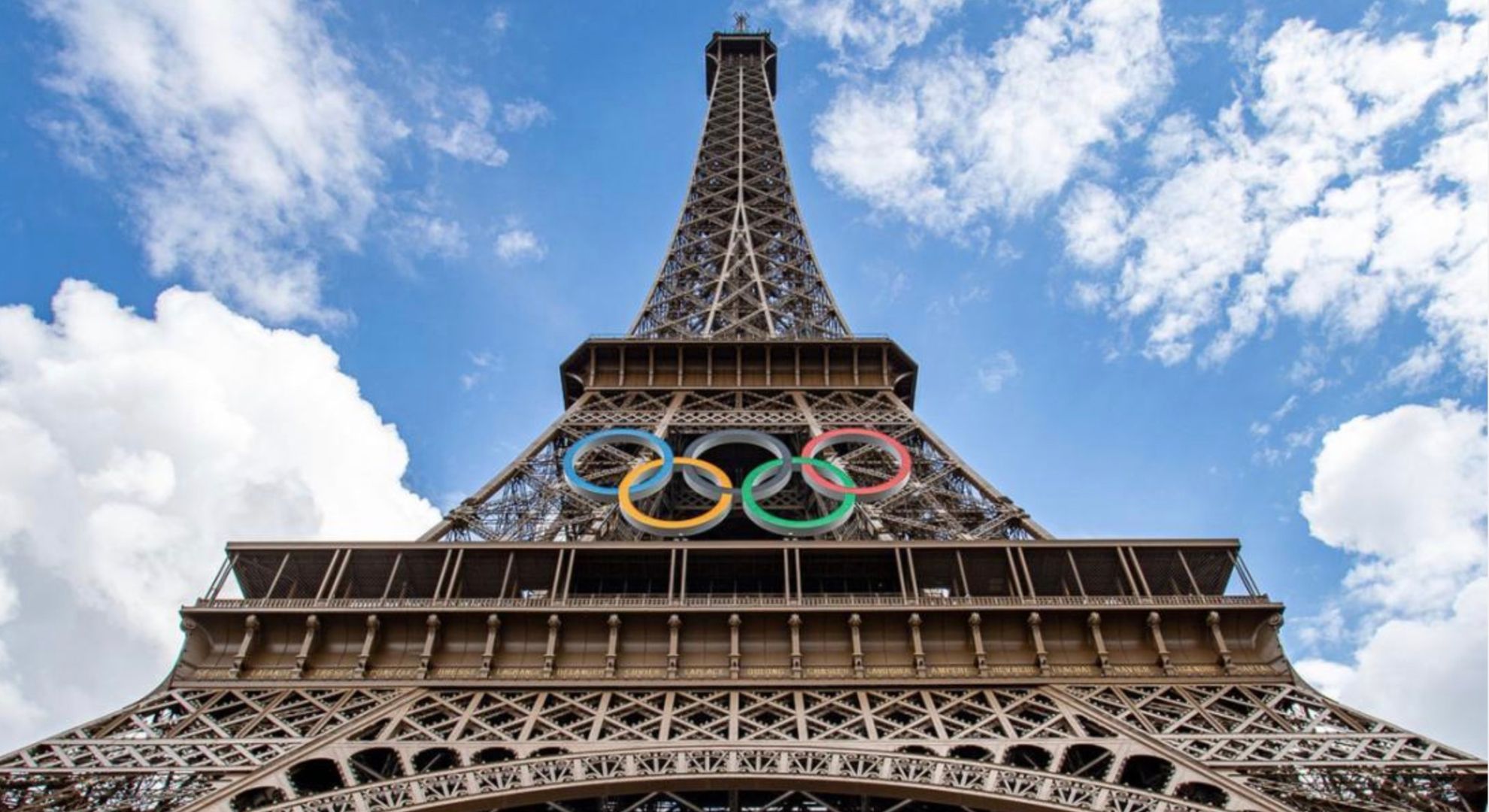A UNESCO World Heritage Site and a famous symbol of Paris, the Eiffel Tower is at the center of a burgeoning debate over Mayor Anne Hidalgo’s plan to retain the Olympic rings on the landmark after the 2024 Summer Olympics.
The International Olympic Committee (IOC) chose Paris over Boston, Budapest, Hamburg, Rome, and Los Angeles because it focused on sustainability, efficiency, and promoting sports within urban landscapes.
Despite being appreciated during the games, some contend that having the rings there permanently will turn the revered icon into an “advertising outpost.”
The tower’s designer’s descendant, Olivier Berthelot-Eiffel, voiced his concerns: “The Eiffel Tower embodies something timeless; it should not become a mere promotional tool.”
He also emphasized the importance of maintaining the tower’s historic integrity, saying, “It does not seem appropriate to us that the symbol of an outside organization added to it permanently, whatever its prestige.”

At a press conference, Mayor Hidalgo declared her decision to swap out the older, heavier rings with new ones. “It’s my choice, and the International Olympic Committee supports me,” she asserted with assurance, without specifying how long the rings will stay on the tower, though.
There has been significant opposition, with many citizens and officials expressing their displeasure.
The center-right Renaissance party member for Paris, Sylvain Maillard, said, “The games were a compelling moment, but the Eiffel Tower represents over 135 years of history.” he said, stating that the idea is a mistake.
Moreover, Hidalgo may encounter significant procedural obstacles in retaining the rings, as Cultural Minister Rachida Dati raised serious legal concerns: “The Eiffel Tower is a protected monument, and any major modifications require authorizations and an impact study.” This underscores the gravity of the situation and the potential hurdles in the way of the Mayor’s plan.
The SOS Paris group also works to protect the city’s historical sites, stating that “the history of the Eiffel Tower is greater than that of a 17-day sports and media event.”
As the discussion progresses, more general concerns about balancing contemporary branding and traditional heritage preservation are brought up. This decision is not just about the Olympic rings, but about the delicate balance between modernity and history, and the weight of this decision is felt by all.
One of the most visited sites in the world, the Eiffel Tower was first constructed as a temporary attraction for the World’s Fair in 1889. Its historical significance, as a symbol of Paris and a UNESCO World Heritage Site, is deeply ingrained in our collective memory. It remains to be seen whether it can maintain its historical significance in current circumstances.
Other POP! stories you might like:
A Thai firm is offering paid ‘Tinder leave’ to employees as part of their benefits
Are Gen Zs cancelling alcohol? Studies seem to indicate so
Original creator of Flappy Bird denies connection to game’s comeback and crypto component
How a bag of junk food destroyed Carlsbad Caverns’ ecosystem
DOST-PAGASA Planetarium in Quezon City reopens with budget-friendly entrance fee



